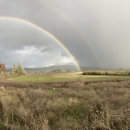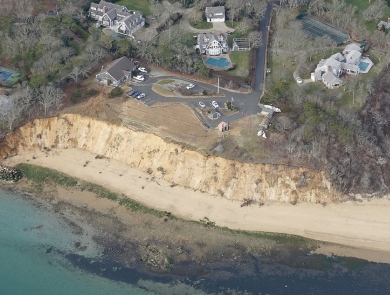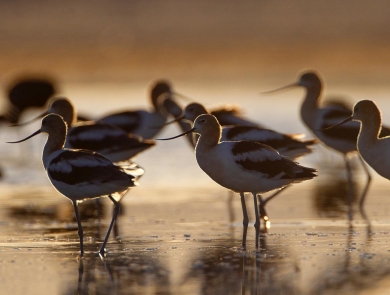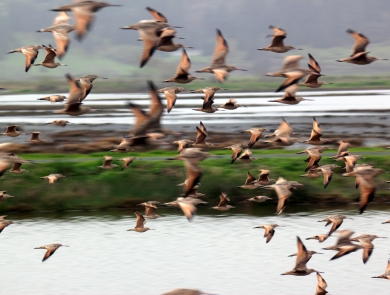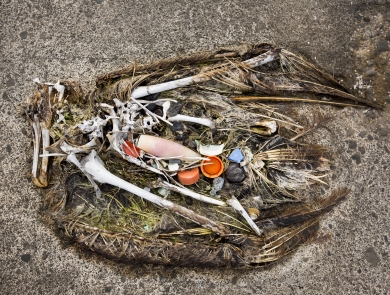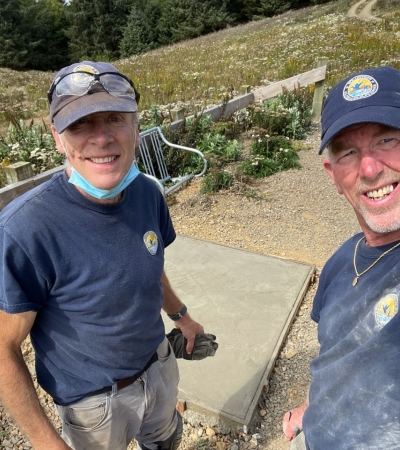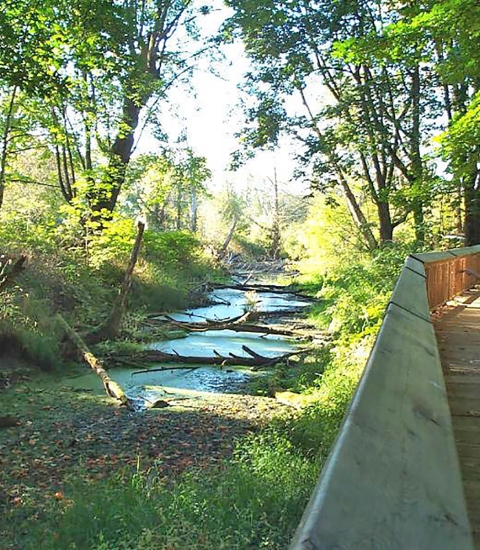Facility
Location
Gaston, OR 97119
United States
Volunteer Position Overview
About This Position
Our Refuge: In 2007 the Wapato Lake units were added to the Tualatin River National Wildlife Refuge, and in 2013, this land was designated as Wapato Lake National Wildlife Refuge with the express purpose of protecting and restoring important habitats for the benefit of fish, wildlife, and people. In 2021, this refuge first opened for public use.
With over 900 acres of continuous protected area, Wapato Lake National Wildlife Refuge is a fantastic place to see a multitude of habitats and the wildlife who inhabit them. In addition to our walking trails and wonderful wildlife viewing opportunities, visitors can engage with our refuge through a variety of public programs and events, as well as our environmental education offered for local schools.
Some Helpful Information: There are a lot of wildlife to see and enjoy even with being so close to the Portland metro area. Among the four designated flyways in North America, Wapato Lake National Wildlife Refuge is along the Pacific Flyway; this migratory route is utilized by billions of birds every year, and spans from Alaska to South America.
Wapato Lake National Wildlife Refuge provides important habitat for migratory birds seeking refuge and respite along their migratory route. Refuge staff utilize different management actions to provide habitat and food for migratory birds, including restoration of the lake bed to permanent emergent marsh habitat, and restoration of surrounding edges to riparian habitat.
Time Commitment: Staff are working hard to engage our volunteer base at the refuge and are in need of more volunteers with our Trail Rover program. The Refuge trails are open from sunrise to sunset from February 1st - November 30th. From December 1st - January 31st, the refuge closes to allow a waterfowl hunt to take place at the refuge. As a Trail Rover, you are on your own schedule and are able to come at your convenience and go home when you are done with your walk. There is a report form we ask our Trail Rovers to fill out in order to help us keep track of the trails and other information.
Duties/Activities
Stories About Volunteering
Other Ways to Work with Us
Are you looking for something different than a volunteer opportunity? The Fish and Wildlife Service employs around 9,000 people nationwide and offers great internship opportunities every year.
